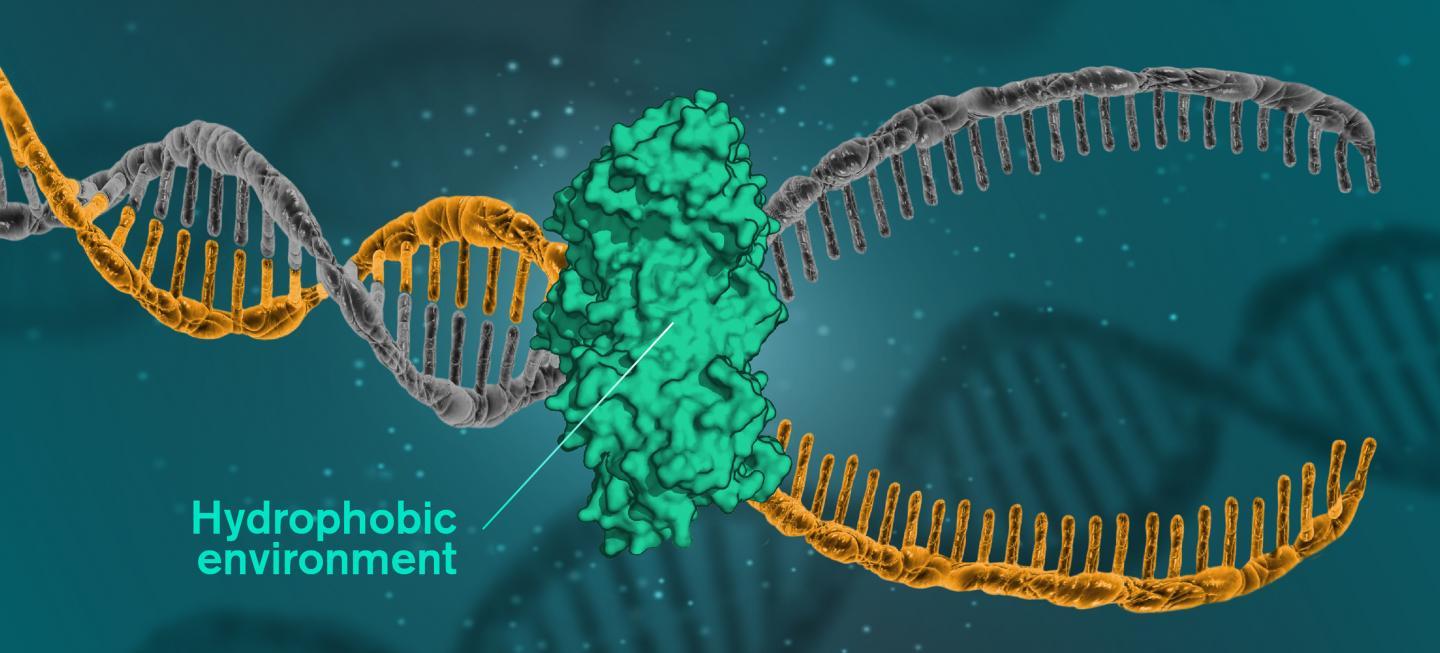EDIT: The planet/moon has a high mass, and has a similar atmosphere to Jupiter or Saturn. These organisms will be silicon-ammonia based, and breathe hydrogen. There will be very little oxygen in the atmosphere. Ocean depth and land ratio are similar to Earth.
Let's face it: our search for extraterrestrial life has been entirely speculative so far. We are constantly searching for "water" and nothing else, and while I have researched the reason for this, I'm not convinced that life can't exist without water.
Here's a scenario: A planet or moon with an ideal temperature for liquid ammonia - which I have researched as being one of the top candidates to replace water.
So, let's assume that life was formed somehow on this planet or moon. I'm not concerned with how life formed. For this question, just know that it happened.
I've been thinking about what an ammonia-based life-form would look like... I do know that it most certainly would not resemble anything that we have seen here on Earth... But what would it be like? Would evolution even work the same way? Would it remain as single-celled organisms? Would there even be "cells" in terms of the biochemistry of this alien life?
This is not like other questions that have been asked:
What would a world whose atmosphere is made up of primarily ammonia be like?
And this one:
An ammonia - not water - based alien race that breaths hydrogen. Is it believable/possible?
Although it contains good information, it does not address the evolution of such a life-form.
How would life on an ammonia-based planet or moon evolve? Assume that it is like an ammonia version of Earth: vast oceans, lakes, and rivers of liquid ammonia; large, rocky landmasses; The temperature could vary between -77 °C (ammonia melting point) and -33 °C (ammonia boiling point), allowing occasional solid ammonia glaciers.
I am unaware what conditions would require the evolution of ammonia-based life, so I am unable to answer what the main composition and atmosphere of the planet or moon is. But I'm not asking about the chemical processes a life-form undergoes.
I am not looking for opinions or purely speculative answers. I want an answer that demonstrates research and/or expertise on evolution and how it could apply to an ammonia-based organism.
A good answer will say "Based on my knowledge and research on evolution and biochemistry, an ammonia-based life-form might evolve in the following ways..."
I am not an expert on any of this. I have already done research into this and couldn't find anything that helped me. One of the planets in my fictional solar system has ammonia-based life forms and part of my story will involve a series of horror chapters where the life-forms kill the explorers and scientists in terrible and unimaginable ways. Not being like anything they've ever seen, they won't know how to handle it.
I want to know what kind of creatures I need to design, but I want it to be plausible and based on hard science. (ie. I don't want to make an ammonia-based tree if that kind of structure wouldn't be possible using an ammonia-based solvent)

